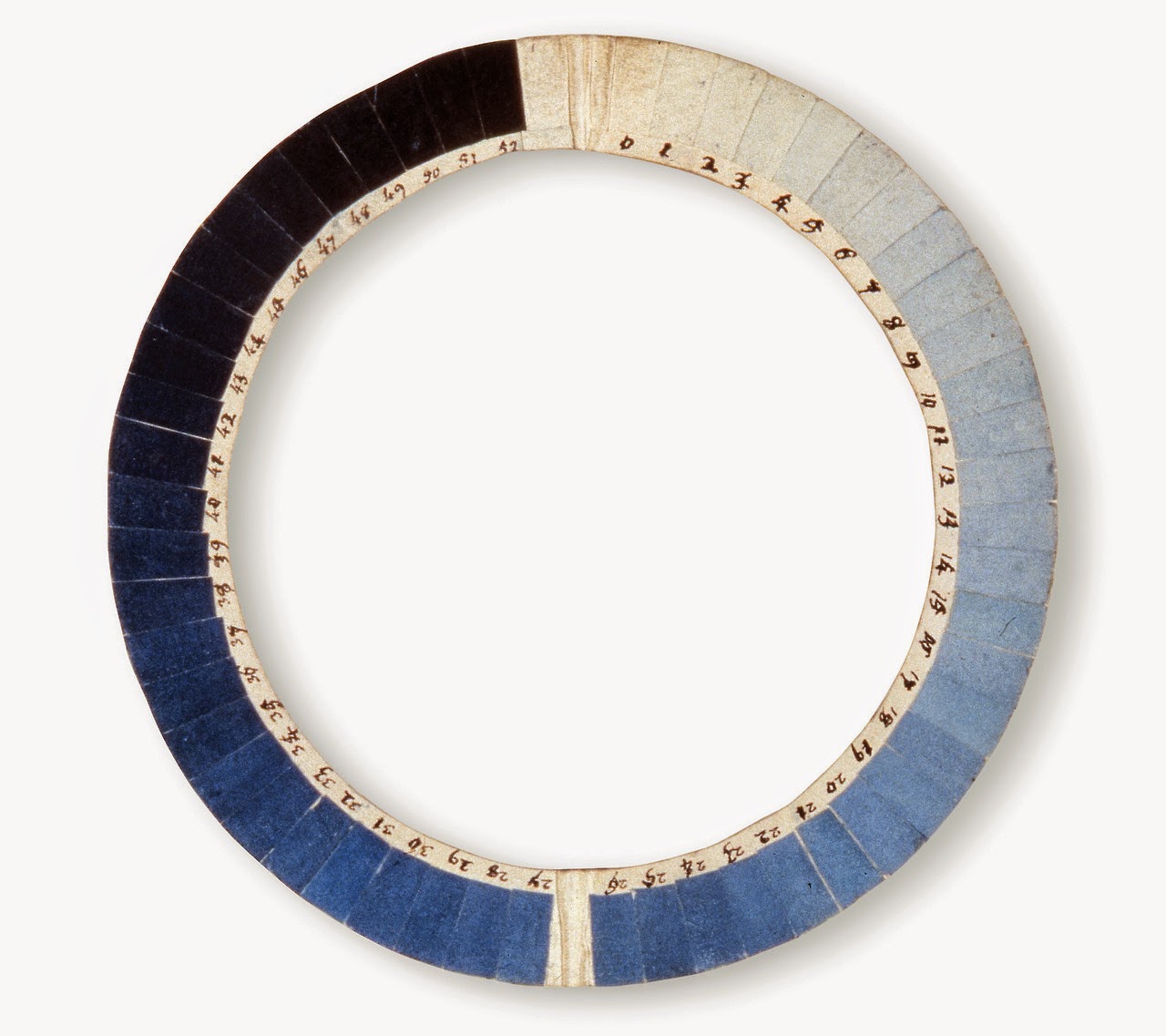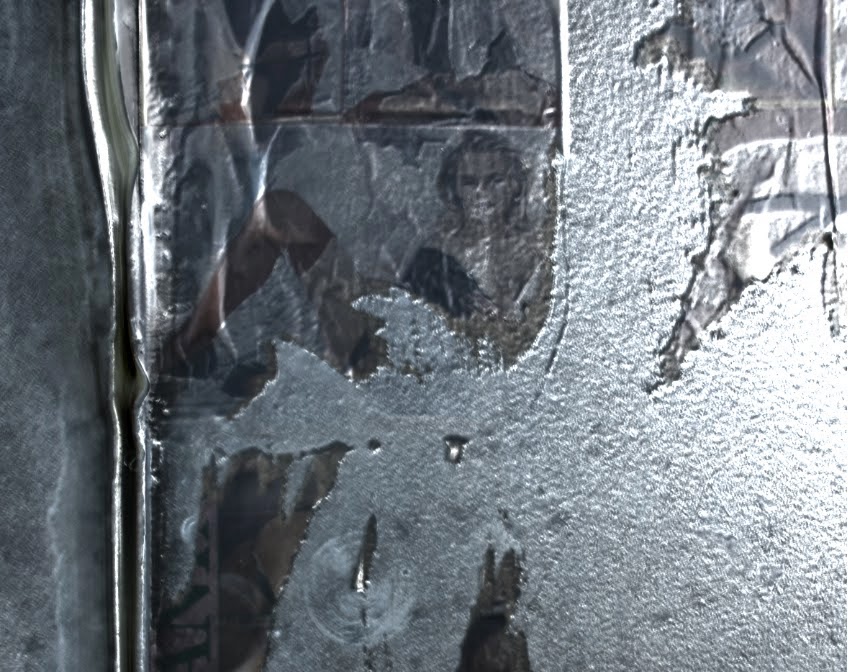Saturday, 24 May 2014
taplow // photogrammetry targets
taplow // save the children
Taplow// panda pop
2011 // HEALTH-conscious mums have been blamed for the demise of children’s fizzy drinks brand Panda Pops after 35 years.
Sunday, 18 May 2014
Saturday, 17 May 2014
taplow // calendar
Saturday, 10 May 2014
specular// RTI // Taplow
Reflectance Transformation Imaging (RTI) is a new imaging technique that creates hyper-realistic digital surrogates that are interactively controlled by the viewer. This new method is based upon the synthesis of multiple digital images of a subject in a fixed position collected from a fixed camera position. The technique involves the capture of multiple images with the subject and camera position fixed and the light source position varying. The series of images are lit from a point source of light that is at a constant radius from the subject, but relocated through a virtual hemisphere of positions.
RTI // Taplow
Albedo (/ælˈbiːdoʊ/), or reflection coefficient, derived from Latin albedo "whiteness" (or reflected sunlight) in turn from albus "white," is the diffuse reflectivity or reflecting power of a surface. It is the ratio of reflected radiation from the surface to incident radiation upon it. Its dimensionless nature lets it be expressed as a percentage and is measured on a scale from zero for no reflection of a perfectly black surface to 1 for perfect reflection of a white surface.
http://gfx.cs.princeton.edu/pubs/Toler-Franklin_2007_IOC/rgbn.pdf
Abstract
This paper investigates the creation of non-photorealistic illustrations from a type of data lying between simple 2D images and full 3D models: images with both a color (albedo) and a surface normalstored at each pixel. Images with normals combine an acquisition process only mildly more complex than that for digital photographs (and significantly easier than 3D scanning) with the power and flexibility of tools similar to those originally developed for full 3D models. We investigate methods for signal processing on images with normals, developing algorithms for scale-space analysis, derivative (i.e., curvature) estimation, and segmentation. These are used to implement analogues of stylized rendering techniques such as toon shading, line drawing, curvature shading, and exaggerated shading. We also introduce new stylization effects based on multiscale mean curvature shading, as well as fast discontinuity shadows. We show that our rendering pipeline can produce detailed yet understandable illustrations in medical, technical, and archaeological domains.
Friday, 9 May 2014
Saturday, 3 May 2014
halo
In general, kairos and chronos are opposed or heterogeneous, which is
certainly true. But decisive here is not simply the opposition, but the
relationship between them. What do we have when we have a kairos, an
occasion? The most
beautiful definition of kairos I have ever found is in the Corpus
Hippocraticum, and it is one which in fact characterizes kairos with
respect to chronos. I will quote this definition: chronos esti en ho
kairos kai kairos esti en ho ou pollos
chronos, "the chronos is where we have kairos and the kairos is where we
have a little chronos." Mark the extraordinary implication of the two
concepts, which are literally the one within the other. The kairos—to
translate it simply as
"occasion" or "chance" would be trivial—is not another time: what we get
when we grasp a kairos is not another time, but only a contracted and
abridged chronos. The precious pearl in the ring of chance is only a
small portion (porzione) of chronos, a time which is left. This is the
same as the old rabbinic apologue that Benjamin once told to Bloch,
according to which the messianic world is not another world; it is this
same profane world, but with just a little shift, a very small
difference. But this little shift, which results from my having grasped
the disconnection with respect to chronological time, is in every way
decisive.
..
Paul defines the relationship between chronological time—that is to say, the item that goes from "creation to" resurrection of Christ—and messianic time, by means of two fundamental concepts. The fist one is typos, foreshadowing, prefiguring, figure. Paul recalls here, in I Cor. 10:1–11, a series of episodes in the history of Israel: "Brothers, I want you to know that our fathers were all under the cloud, that they all crossed the sea and all were dipped in the sea and they all ate the same spiritual food and drank the same spiritual drink. They drank from a rock who was the messiah." Then he adds, "all these things happened to them as types, as figures of us, in order that we do not desire bad things, as they did." And a few lines later, he takes up the same mode: "these things occurred to them in a figural way [typicos], and were then written for our instruction, for us, for whom the extremities of the times have met (ta tele ton aionon katenteken; anatao— the "anti" signifies ‘face to face’.")
Auerbach has shown the importance of this "figural" conception in medieval culture (I say "figural" because Jerome translates typoi in I Cor. 10:6 with in figura), when it becomes the ground for a general theory of allegorical interpretat ion. Through the concept of t ypes, Paul establ ishes a relationship—which we from now on call typological relationship—between each event of the past and ho nym kairos, the now-time, present-messianic time. Thus in Romans 5:16, Adam, through whom sin entered the world, is defined typos tou mellontos, "figure (or foreshadow) of the future," that is to say, of the messiah, through whom peace will abound among men. And in Hebrews 9:26, the temple built by men is an antitype of the heavenly one, which could indicate a symmetrical relationship with respect to the type.
The point here is not simply that each event of the past becomes a figure or allegory of the present time and finds its fulfillment in it; decisive is rather the transformation of the time structure that the typological relationship brings about. It must imply a question of interpretation of the scripture, of the hermeneutical relationship that is established between two texts, between types and antitypes, as in the allegoric paradigm that prevailed in medieval culture. The hermeneutical relationship is only a secularization of the typological-messianic relationship. What is at stake in the figure, is not a hermeneutical problem, but a tension that transforms and binds together past and present, types and antitypes, in an inseparable constellation. The messianic is not one of the terms of the typological relationship: it is the relationship itself. And this is what Paul means when he says "for us, for whom the extremities of the times have met, are face to face." The two extremities of the olam hazzeh and the olam habba contact one another—their face-to-face is messianic time.
http://www.egs.edu/faculty/giorgio-agamben/articles/the-time-that-is-left/
..
Paul defines the relationship between chronological time—that is to say, the item that goes from "creation to" resurrection of Christ—and messianic time, by means of two fundamental concepts. The fist one is typos, foreshadowing, prefiguring, figure. Paul recalls here, in I Cor. 10:1–11, a series of episodes in the history of Israel: "Brothers, I want you to know that our fathers were all under the cloud, that they all crossed the sea and all were dipped in the sea and they all ate the same spiritual food and drank the same spiritual drink. They drank from a rock who was the messiah." Then he adds, "all these things happened to them as types, as figures of us, in order that we do not desire bad things, as they did." And a few lines later, he takes up the same mode: "these things occurred to them in a figural way [typicos], and were then written for our instruction, for us, for whom the extremities of the times have met (ta tele ton aionon katenteken; anatao— the "anti" signifies ‘face to face’.")
Auerbach has shown the importance of this "figural" conception in medieval culture (I say "figural" because Jerome translates typoi in I Cor. 10:6 with in figura), when it becomes the ground for a general theory of allegorical interpretat ion. Through the concept of t ypes, Paul establ ishes a relationship—which we from now on call typological relationship—between each event of the past and ho nym kairos, the now-time, present-messianic time. Thus in Romans 5:16, Adam, through whom sin entered the world, is defined typos tou mellontos, "figure (or foreshadow) of the future," that is to say, of the messiah, through whom peace will abound among men. And in Hebrews 9:26, the temple built by men is an antitype of the heavenly one, which could indicate a symmetrical relationship with respect to the type.
The point here is not simply that each event of the past becomes a figure or allegory of the present time and finds its fulfillment in it; decisive is rather the transformation of the time structure that the typological relationship brings about. It must imply a question of interpretation of the scripture, of the hermeneutical relationship that is established between two texts, between types and antitypes, as in the allegoric paradigm that prevailed in medieval culture. The hermeneutical relationship is only a secularization of the typological-messianic relationship. What is at stake in the figure, is not a hermeneutical problem, but a tension that transforms and binds together past and present, types and antitypes, in an inseparable constellation. The messianic is not one of the terms of the typological relationship: it is the relationship itself. And this is what Paul means when he says "for us, for whom the extremities of the times have met, are face to face." The two extremities of the olam hazzeh and the olam habba contact one another—their face-to-face is messianic time.
http://www.egs.edu/faculty/giorgio-agamben/articles/the-time-that-is-left/
Labels:
agamben,
bloch,
figure/field,
halo,
messianic time,
pearl,
St. Jerome,
stumbling block,
time
Subscribe to:
Comments (Atom)
































